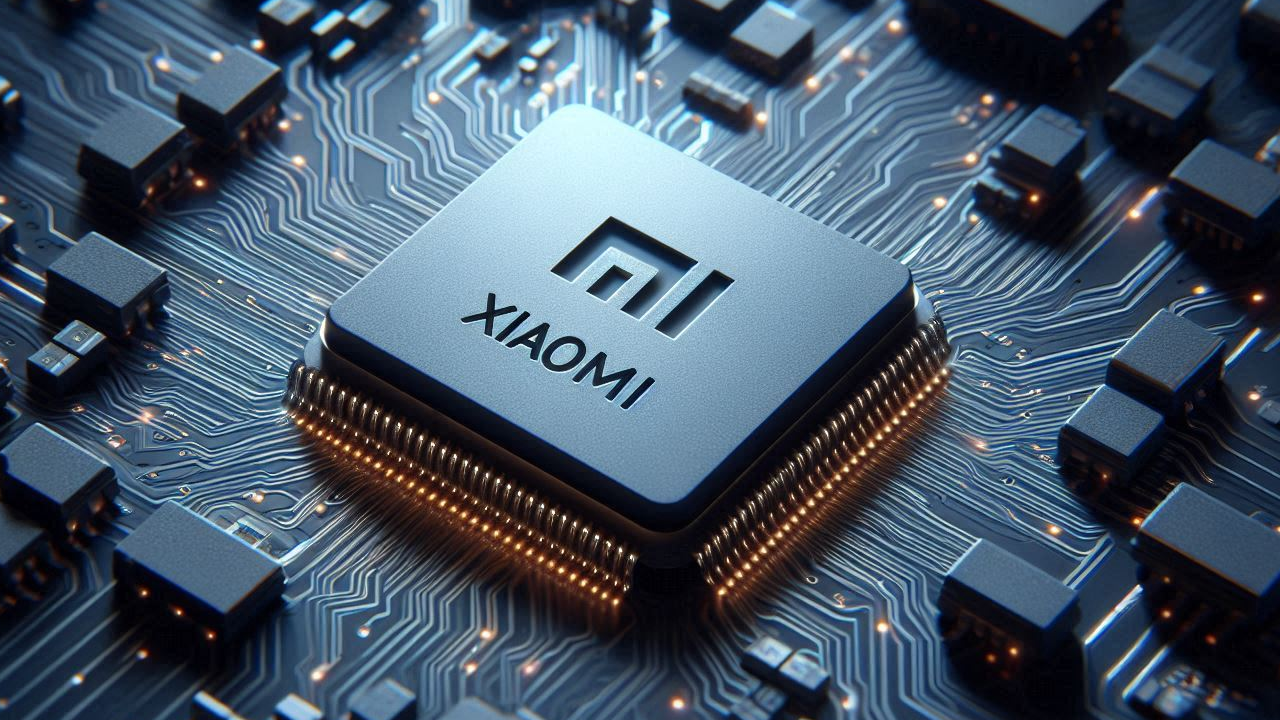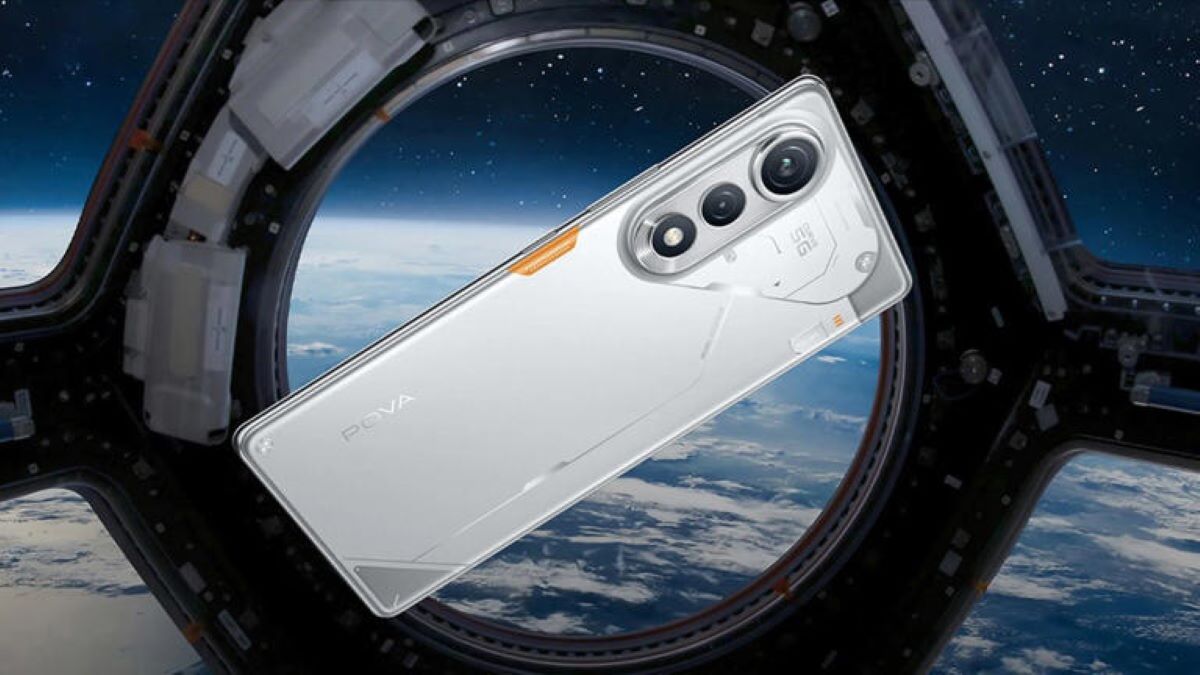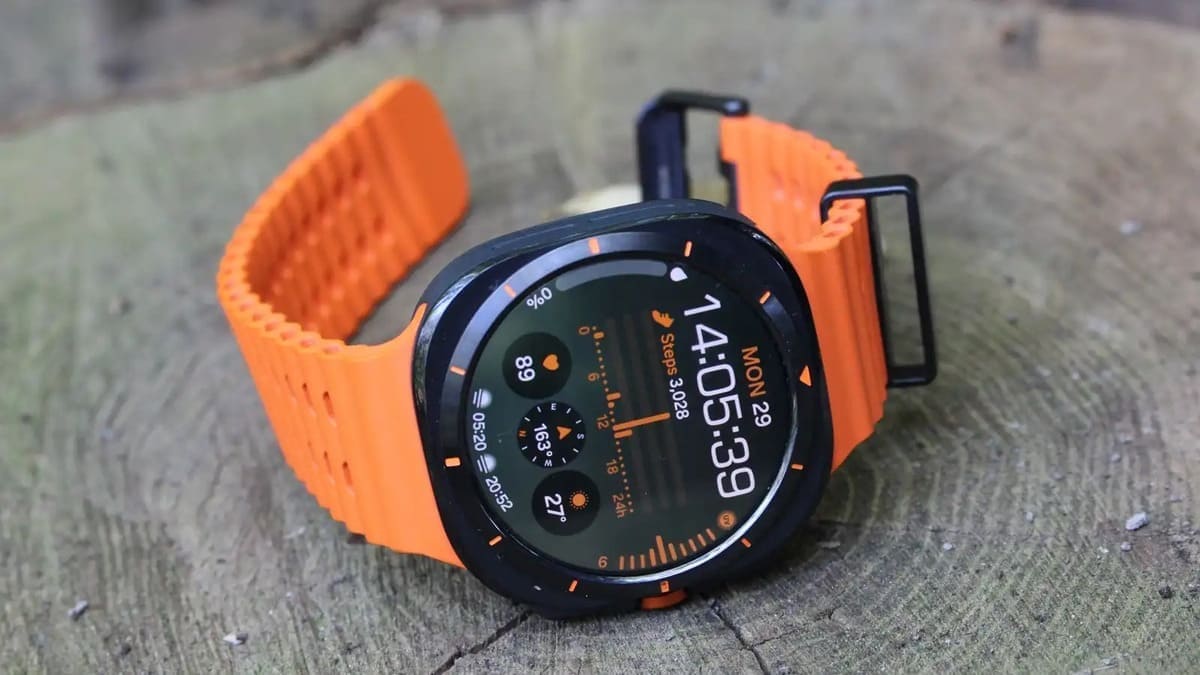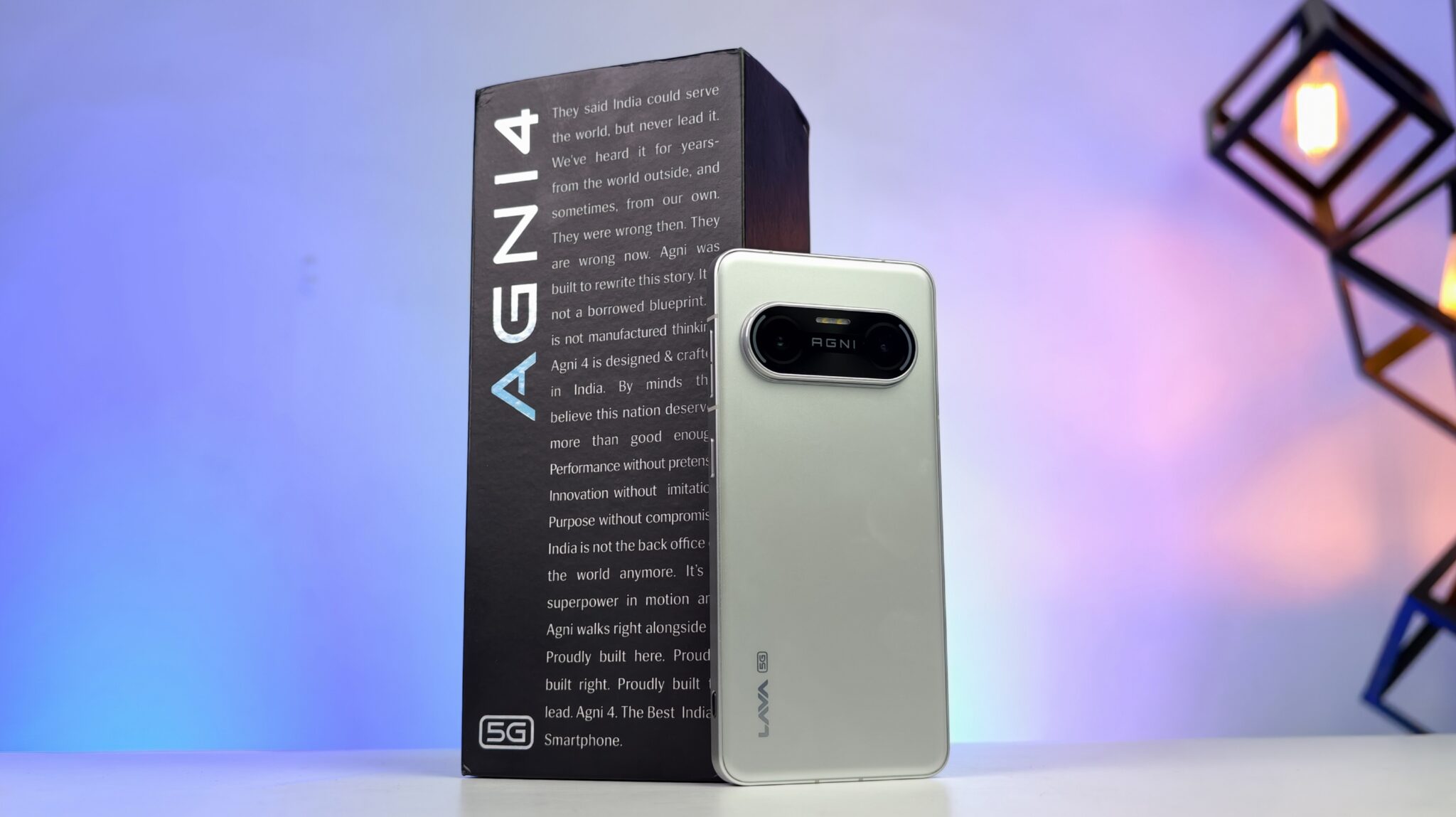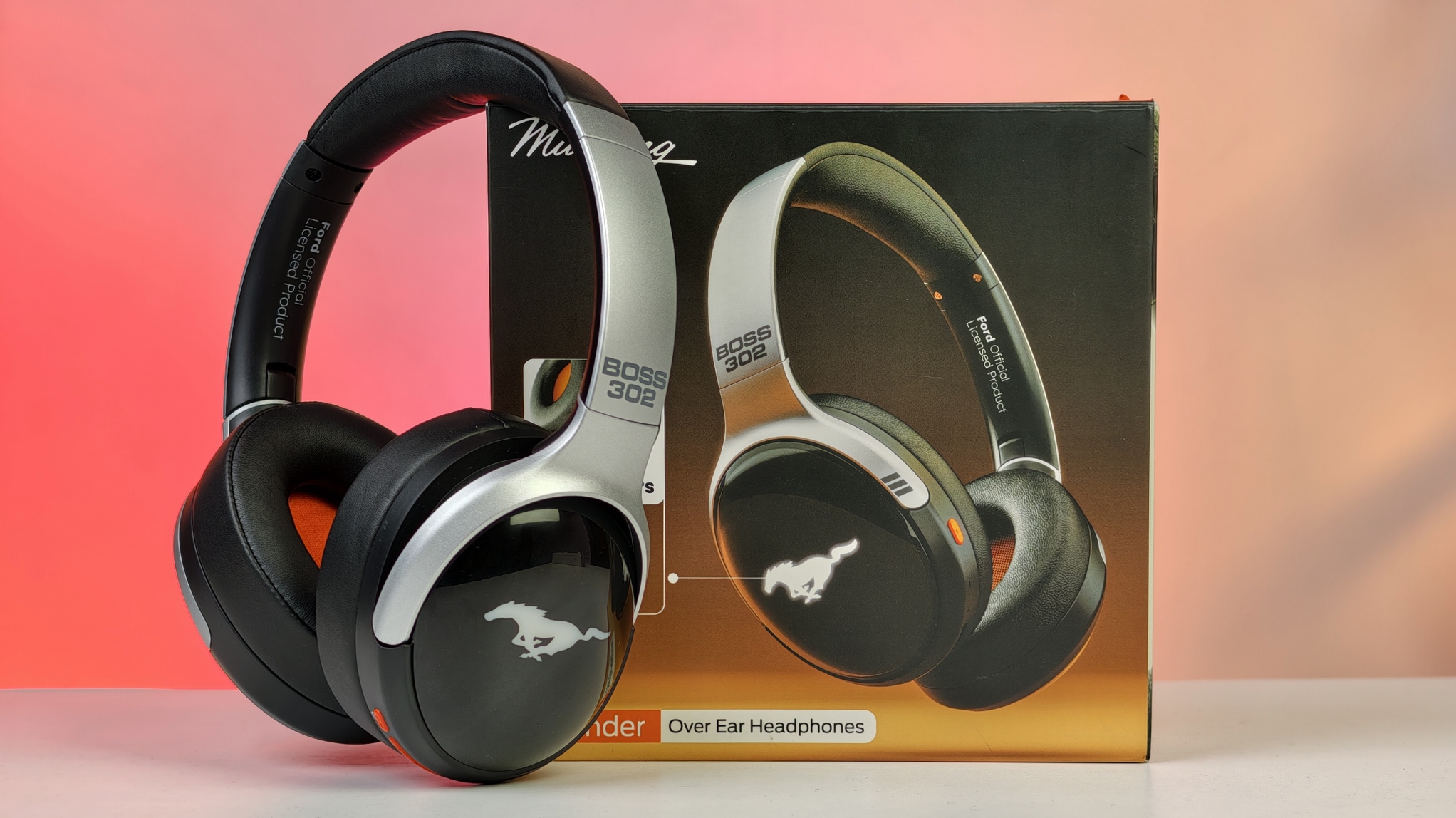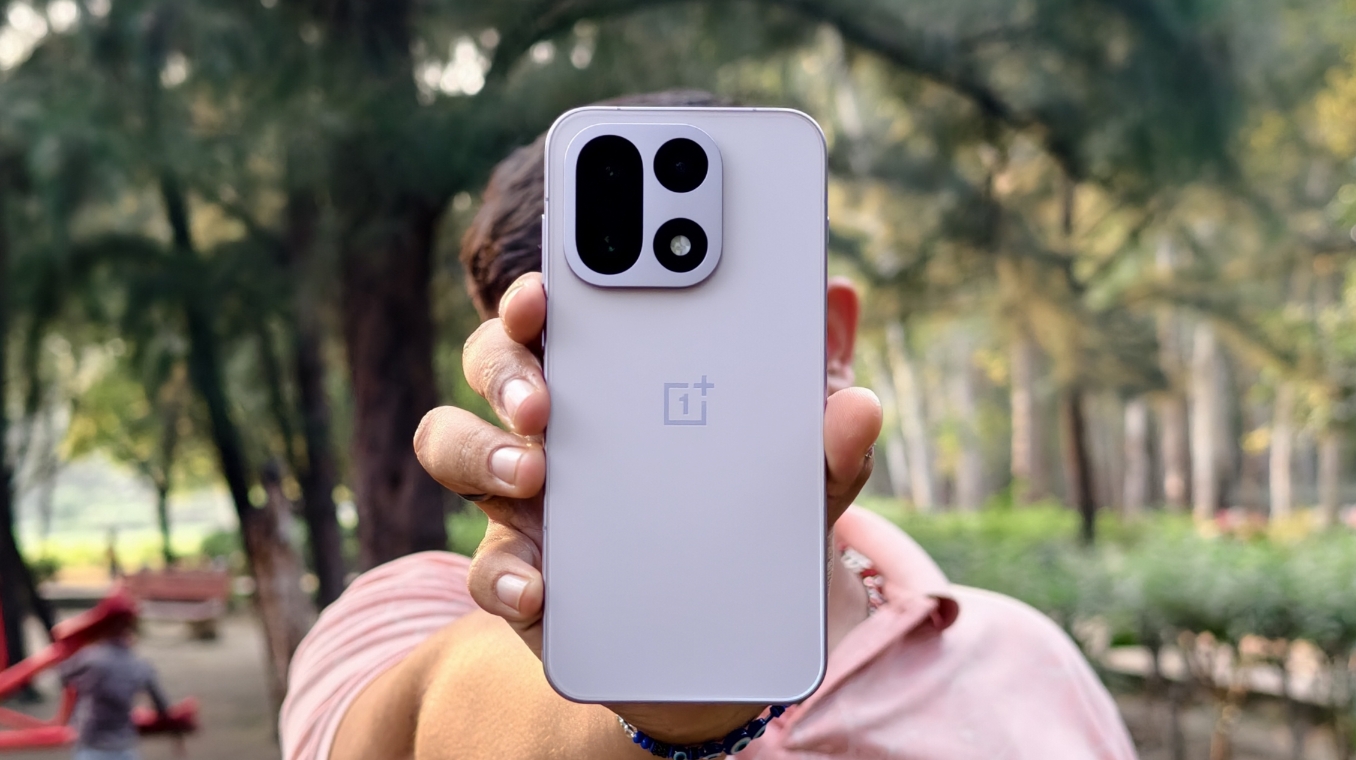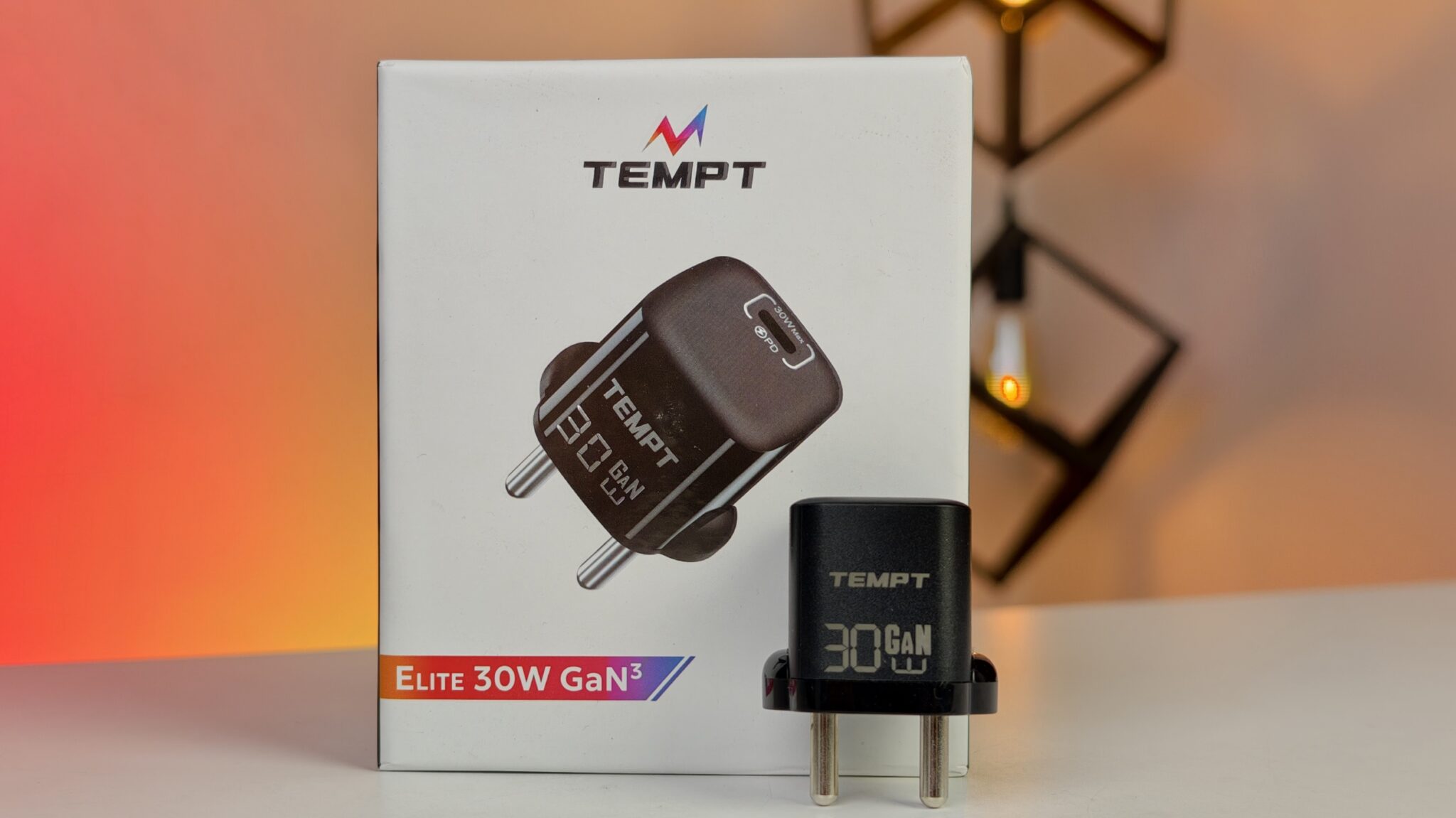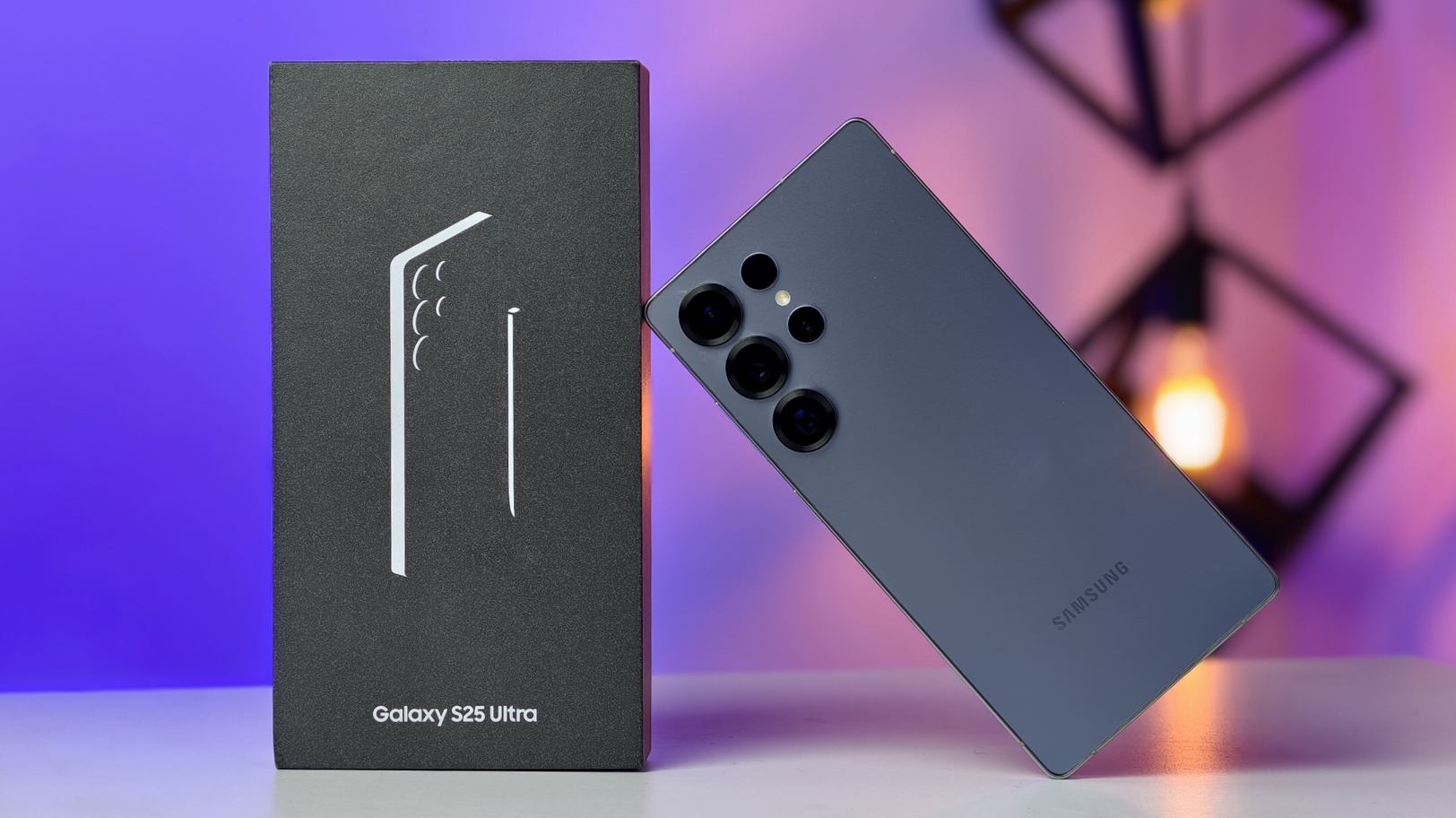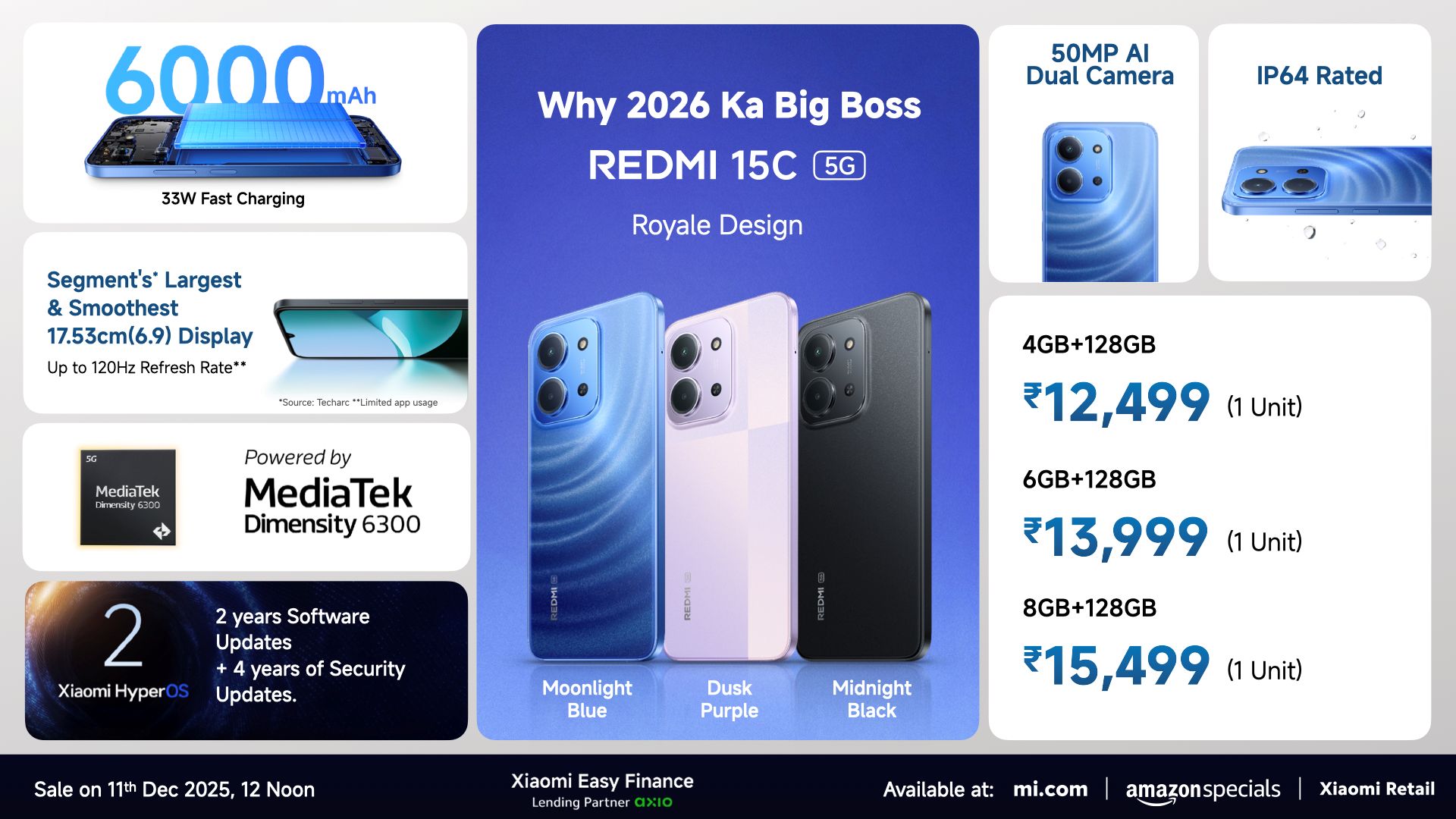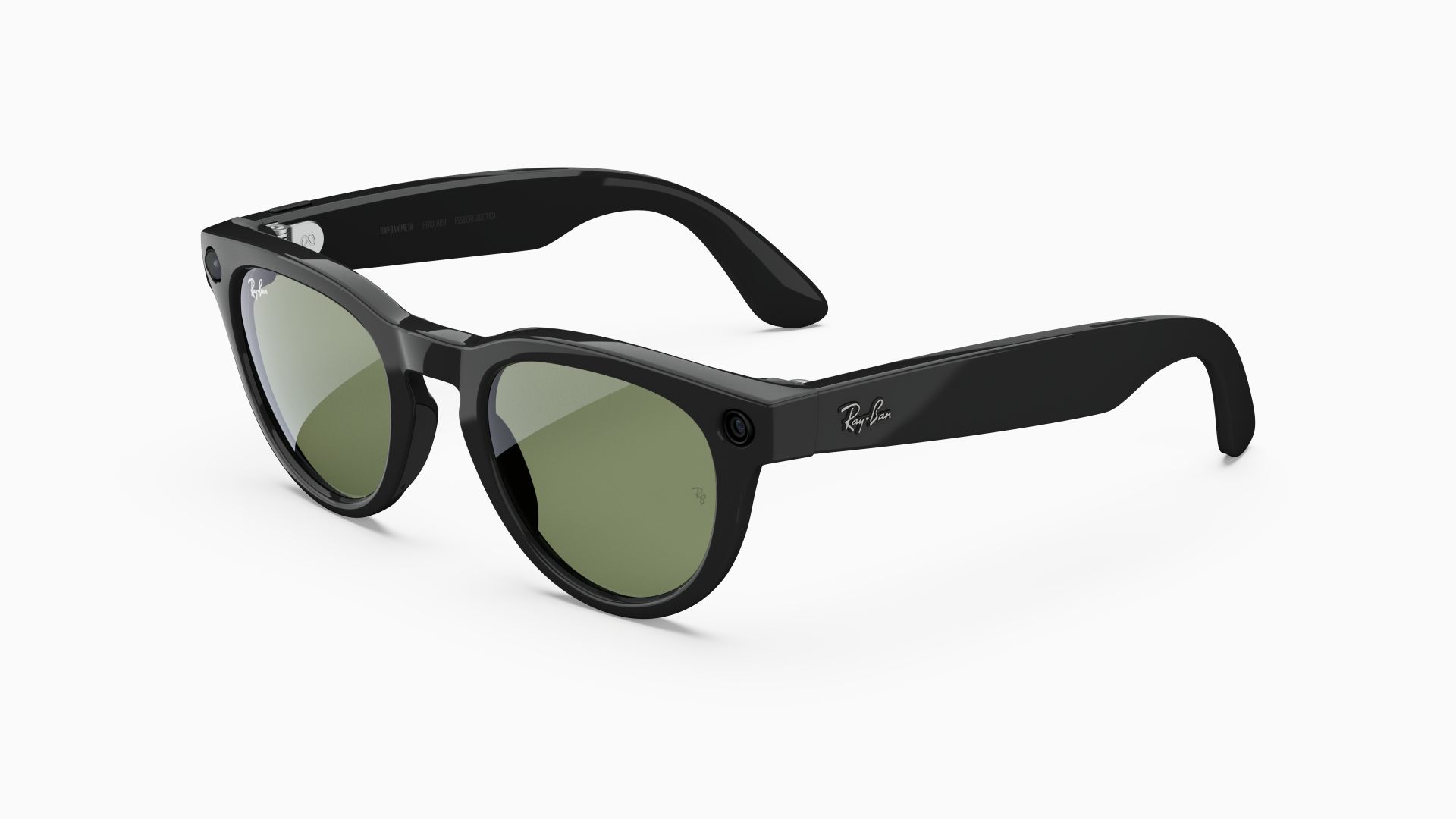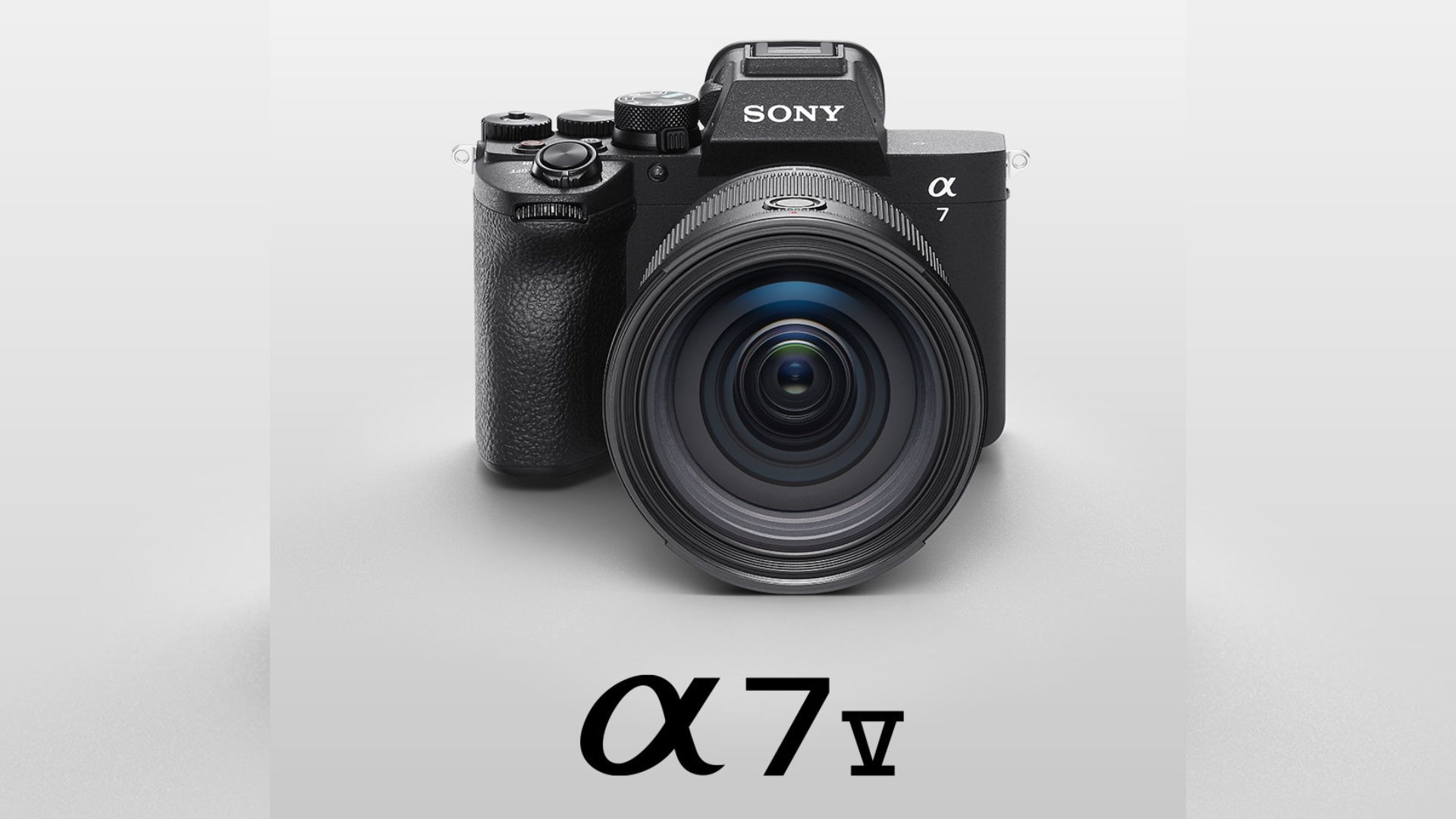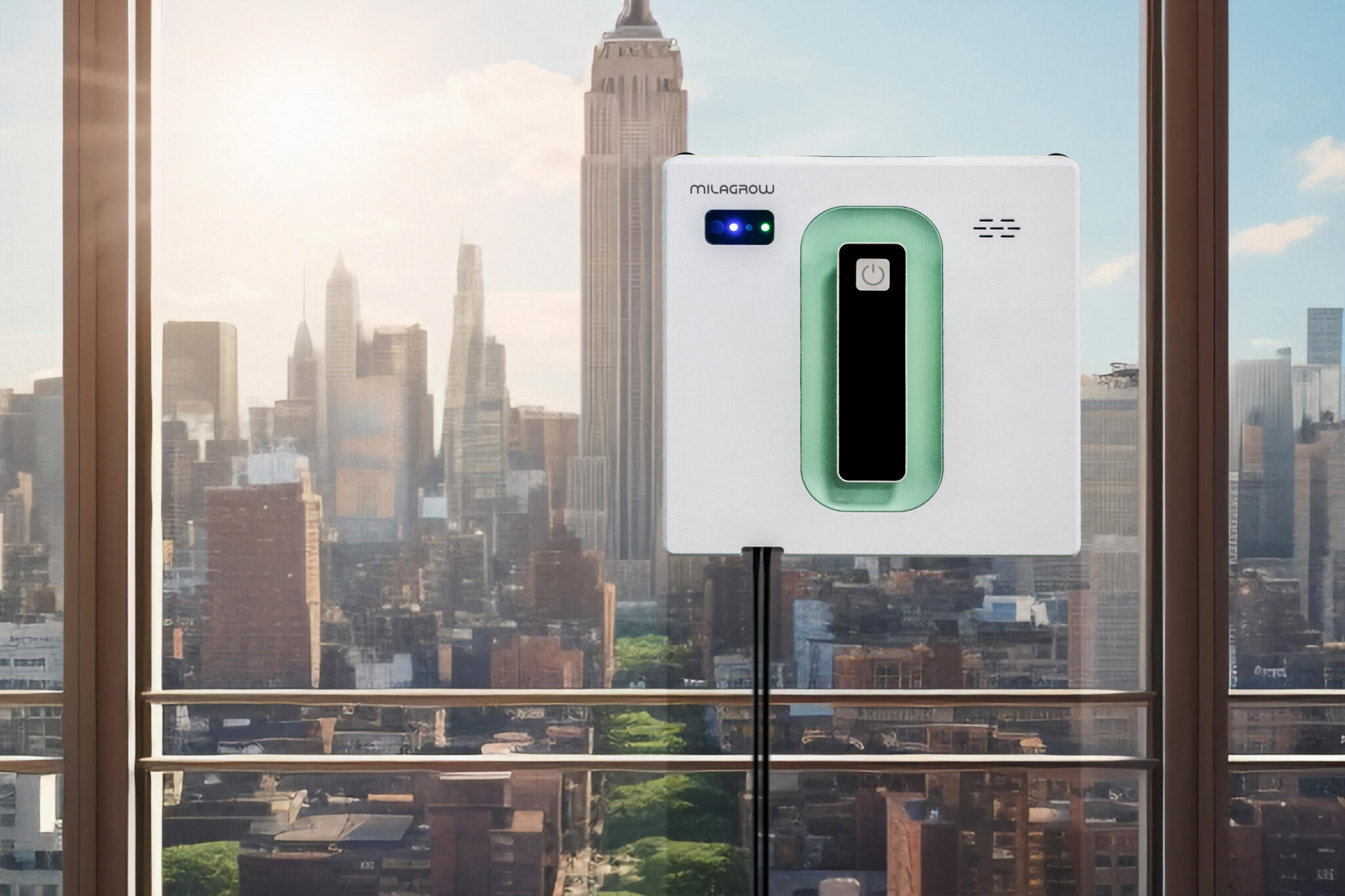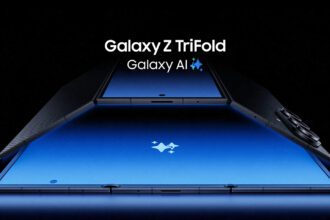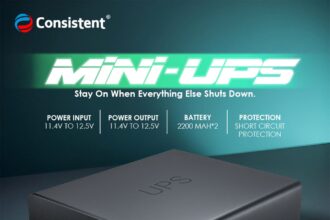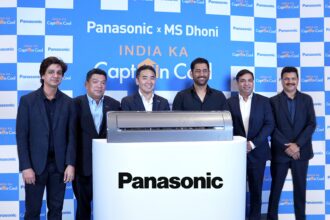Xiaomi, a brand long known for delivering accessible, high-value tech, has now taken a bold leap into the elite tier of mobile computing with the introduction of its proprietary system-on-chip (SoC), the Xring 01. This isn’t just another product announcement. It’s a declaration. A clear signal that Xiaomi is ready to play in the same league as Apple, Google, and Samsung—all of whom have already carved out their own silicon identities.
For years, Apple has led the charge, seamlessly marrying hardware and software through its A-series and M-series chips. Google and Samsung have made strides too, albeit with mixed results. Now Xiaomi is stepping up, not just to participate but, it seems, to eventually lead. And that’s not an overstatement.
A Long-Term Vision Takes Shape
The Xring 01 didn’t appear overnight. It’s the culmination of more than four years of focused R&D and a reported investment north of 13.5 billion RMB (around $1.9 billion USD). Even more telling is Xiaomi’s ten-year commitment of at least 50 billion RMB (approximately $7 billion USD) toward chip development. That’s not dabbling; that’s digging in for the long haul.
With over 2,500 engineers behind it, the Xring 01 is more than a technical feat—it’s a strategic cornerstone. Xiaomi CEO Lei Jun described the chip as boasting “the latest process technology, flagship-level transistor scale, and first-tier performance and energy efficiency.” Lofty words, yes, but there’s substance here too.
Technical Prowess: What the Xring 01 Offers
Built on TSMC’s advanced second-gen 3nm process—the same tech Apple uses—the Xring 01 already starts on solid footing. That 3nm node allows for ultra-high transistor density, which translates to improved performance and efficiency. In other words, it’s built for both speed and stamina.
Under the hood, it’s an impressive lineup:
- CPU: A 10-core cluster featuring two Cortex-X925 prime cores at 3.9GHz, six Cortex-A725 performance cores (1.9-3.4GHz), and two Cortex-A520 efficiency cores at 1.8GHz. It’s designed to juggle performance demands while keeping power consumption in check.
- GPU: A 16-core ARM Immortalis-G925, boasting 33% more graphical power than its predecessor. Mobile gaming and high-res video should feel smoother.
- NPU: A 6-core neural engine offering 44 TOPS for advanced AI tasks—think photography enhancements, voice recognition, and more.
- Connectivity: LPDDR5T RAM, UFS 4.1 storage, USB 3.2 Gen2, and Wi-Fi 7. Fast all around.
- ISP: Xiaomi’s fourth-gen Image Signal Processor should bring noticeable improvements to camera performance.
Early benchmarks? Promising. Over 3 million on AnTuTu, reportedly edging past the Snapdragon 8 Elite. On Geekbench 6, it topped 3,000 in single-core and 9,000 in multi-core scores—even slightly outpacing Apple’s A18 Pro in multi-core performance. Of course, these are synthetic tests, but they do give a sense of what we’re dealing with.
The First Devices to Feature Xring 01
Xiaomi isn’t wasting time. The Xring 01 is already at the heart of two flagship devices:
- Xiaomi 15S Pro Smartphone: Featuring a 6.73-inch LTPO AMOLED QHD+ 120Hz display, a 50MP triple camera, and a 6,100mAh battery with 90W wired and 50W wireless charging. It ships with HyperOS 2 based on Android 15.
- Xiaomi Pad 7 Ultra Tablet: A 14-inch productivity and entertainment tablet with ultra-thin bezels, a 12,000mAh battery, and the same custom OS.
Both are initially available in China, with international rollout details still under wraps.
Broader Implications for Xiaomi’s Ecosystem
But this is about more than smartphones and tablets. It’s about Xiaomi tightening its ecosystem. By developing its own chips, the company can better optimize performance, improve energy efficiency, differentiate features, and perhaps most importantly, gain more control over its supply chain.
Consider the Xring T1, a 4G chip for smartwatches. It’s powering the new Xiaomi Watch S4 15th Anniversary Edition, bringing standalone 4G, lower power use, and quicker app launches. The watch also offers deep health tracking—heart rate, SpO₂, stress levels, sleep, and women’s health.
This echoes Apple’s vertical integration model. Xiaomi is clearly drawing inspiration but also carving its own path, with ambitions not just in mobile but across wearables, smart home devices, and beyond.
So, can Xiaomi really compete with Apple, Google, and Samsung? It’s early, sure. But with Xring 01, the groundwork is solid. The investment is real. And the ambition? Palpable.


